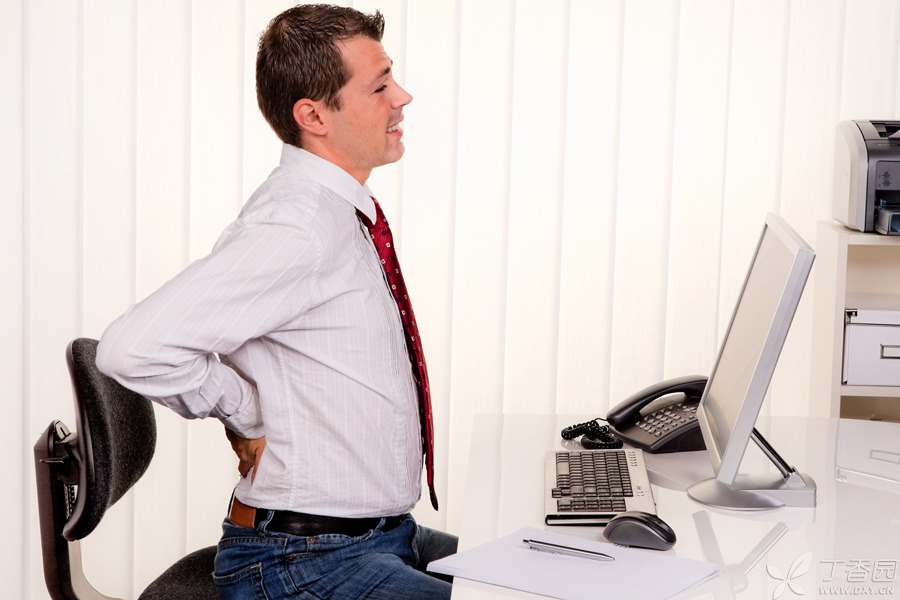
Lumbago is a very common symptom that almost everyone has experienced. Lumbago refers to the area of the back below the thorax, where the pain can be very intense and is one of the common causes of people’s failure to work normally. Lumbago often relieves itself. If it cannot be relieved continuously, relevant effective treatment can be taken.
Symptoms of low back pain can be dull pain, stabbing pain or radiation pain. Pain can make patients unable to move or stand. Acute low back pain often occurs suddenly after exercise or weight bearing. Generally speaking, low back pain lasting less than three months is acute low back pain, and more than three months is considered chronic low back pain. If the pain does not relieve within 72 hours, you should see a doctor.
What situations require immediate medical attention?
When severe lumbago occurs after falling down or injury, you should go to the hospital in time. If lumbago is accompanied by any of the following symptoms, such as incontinence of urine and feces, weakness of lower limbs, fever, cough or pain during urination, you should also go to the hospital in time.
What causes lumbago?
In most heavy manual workers, lumbago is more likely to occur because they need to bear weight, pull and other movements that may sprain their spine.
In addition, sitting at the desk all day has certain risks, especially when the chair is uncomfortable or the sitting posture is lazy.
Although wallets, backpacks, briefcases, etc. are all carried on our shoulders, the part that really bears the weight of our upper body is our waist. Therefore, a backpack that is too heavy can increase the stress on our waist, especially when carrying it every day. If you have to take more things with you, you’d better change to a luggage case.
Muscle injury caused by excessive exercise is also one of the common causes of low back pain. Especially for people who do not exercise often on weekdays and suddenly exercise intensively on weekends, this situation is more likely to occur.
It is wise for parents to ask us to stand upright when we are young. When we are upright, the waist and back bear the most reasonable weight. When we are sitting upright, our feet are on the ground, and the waist supports our back and shoulders best. When standing, we should distribute the weight of our body evenly on our feet instead of leaning to one side.
There are gelatinous intervertebral discs between the spines, which act as cushions. In old age or injury, intervertebral discs are prone to wear or tear. Degenerated intervertebral discs may rupture or bulge, compressing nerve roots, called intervertebral disc herniation, which can cause severe pain and sometimes radiate to the thigh root on one side.
Some chronic diseases can cause low back pain.
- When the lumbar spine has intervertebral foramen stenosis, it will compress nerve roots and cause pain. Severe spondylitis can lead to chronic low back pain, stiffness, limited movement, etc.
How to prevent lumbago?
With the increase of age, some people will suffer from low back pain, and there is no definite prevention method at present. However, the following measures can reduce the risk of low back pain:
- Limit body weight; Regular exercise; When picking up things, squat down and hold things, then stand up with both legs, instead of bending down and holding things. Correct the standing posture and sitting posture.
Do you want to know more ways to get rid of lumbago? Try these movements that Dr. Clove prepared for you.
Responsible Editor: Ji Lingyan
